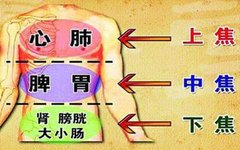Dampness is a Yin pathogen, heavy and turbid, easily combining with wind, cold, summer heat, and fire, complicating conditions and presenting challenges in clinical practice. Here, we summarize relevant treatment methods based on the location of dampness stagnation:
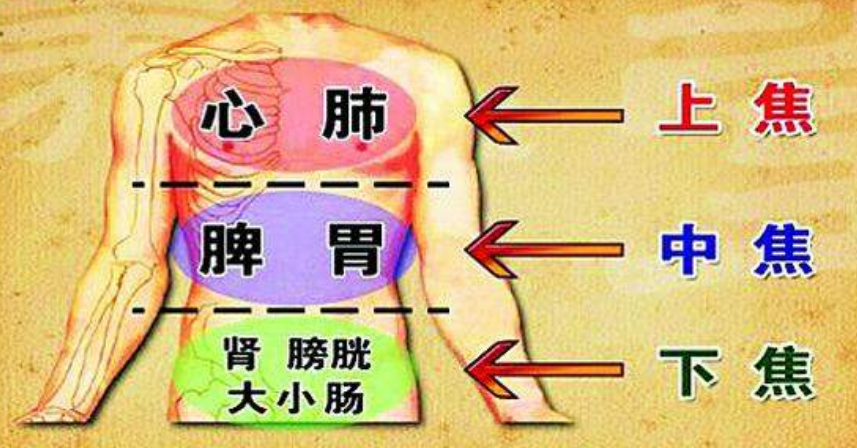

Dampness in the Upper Jiao: Expel and Transform Dampness
“The lungs govern the Qi of the entire body; when Qi is transformed, dampness is transformed.” When dampness invades the upper body, it first harms the lungs. If the lungs are affected, their ability to transform Qi is impaired, leading to dampness stagnation. Therefore, treatment should focus on expelling and transforming dampness. The lungs are the source of water, responsible for the dissemination and regulation of fluids, and expelling dampness means promoting lung Qi to restore its function, allowing fluids to reach the surface of the body and opening the pores through the lung’s transformative action, enabling dampness to be expelled through sweating.
In treatment, light herbs should be used to facilitate the upward movement of lung Qi and regulate Qi flow. Options include Xing Ren (Apricot Kernel), Jin Yin Hua (Honeysuckle), Zhu Ye (Bamboo Leaf), and Lian Qiao (Forsythia).
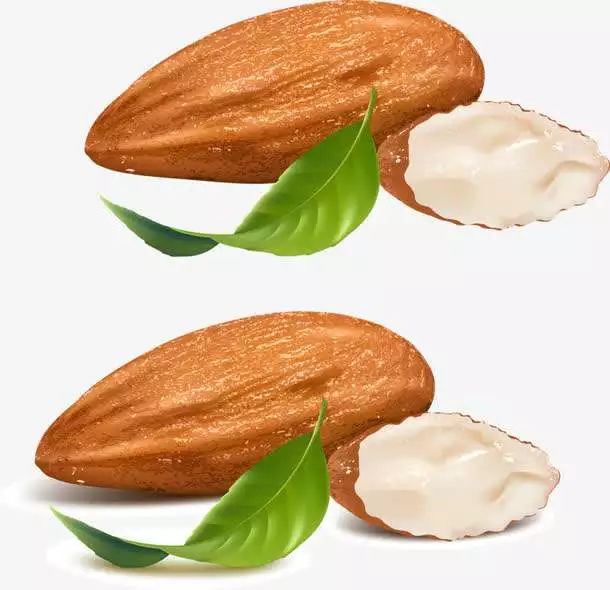
Common formulas: San Ren Tang (Three Nut Decoction), Huo Xiang Zheng Qi San (Agastache Powder).

Dampness in the Middle Jiao: Strengthen the Spleen and Dry Dampness
The Middle Jiao connects with the spleen and stomach; the spleen governs transformation and transportation, while the stomach governs reception. The spleen and stomach are the pivot for the rise and fall of Qi. If the spleen fails to function properly, Qi flow becomes obstructed, leading to dampness stagnation. Moreover, dampness can harm spleen Yang, so treatment should primarily focus on regulating Qi, strengthening the spleen, and drying dampness.
Use aromatic, pungent, and warm herbs to dry and transform dampness, promoting the dispersal of dampness and the movement of the spleen. Aromatic herbs not only transform dampness and benefit Qi but also enhance the spleen and stomach’s functions. Commonly used herbs include Huo Xiang (Agastache), Pei Lan (Eupatorium), Ban Xia (Pinellia), Hou Po (Magnolia Bark), Shi Chang Pu (Acorus), Cang Zhu (Atractylodes), and Dou Kou (Cardamom).
Common formulas: Shen Ling Bai Zhu San (Ginseng, Poria, and Atractylodes Powder), Xiang Sha Liu Jun Wan (Aromatic and Digestive Six Gentlemen Pill).

Dampness in the Lower Jiao: Clear and Drain Dampness
When dampness is in the Lower Jiao, it accumulates and can lead to water retention, resulting in urinary difficulties, loose stools, and lower limb edema, and in severe cases, excessive vaginal discharge. Since the Lower Jiao is responsible for the excretion of fluids, clearing the evil in the Lower Jiao can be achieved through promoting urination. As stated in the “Jin Gui Yao Lue,” “If there is water retention below the waist, one should promote urination.” Commonly used herbs include Fu Ling (Poria), Zhu Ling (Polyporus), Hua Shi (Talc), Yi Yi Ren (Job’s Tears), and Che Qian Zi (Plantago Seed), which are bland and sweet, promoting diuresis while increasing dampness excretion.
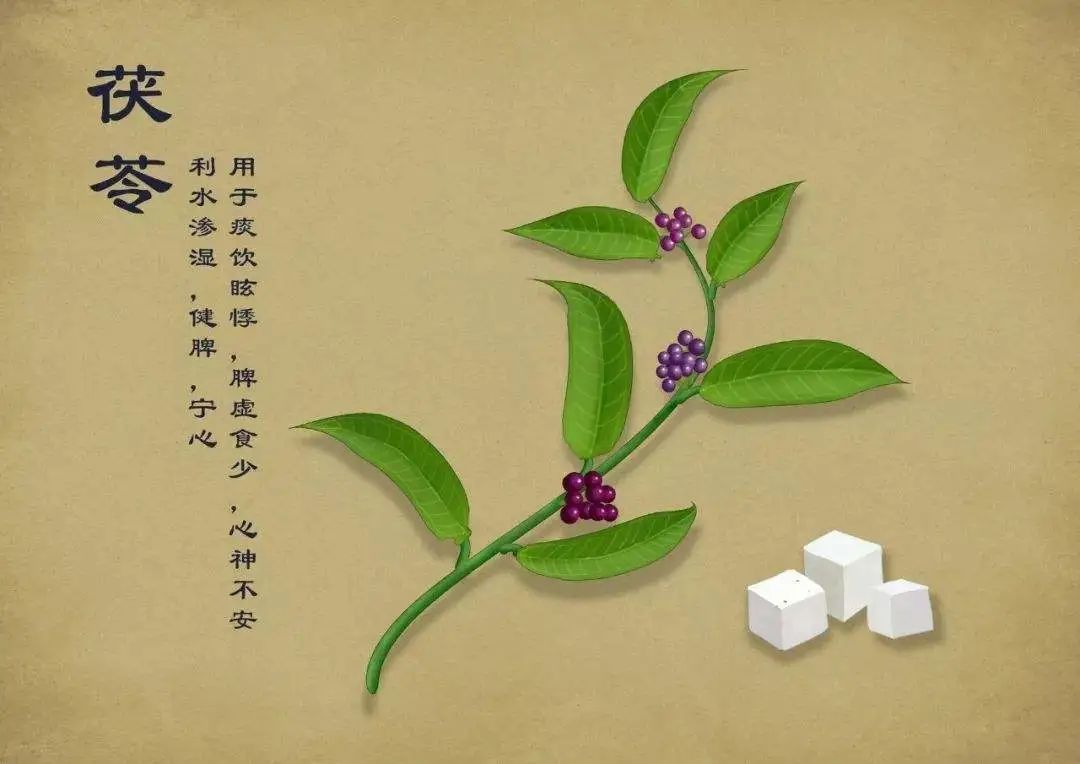
Since dampness is a Yin pathogen, prolonged stagnation in the Lower Jiao can damage Yang Qi. Therefore, while draining dampness, it is often necessary to add warming and Yang-supporting herbs, such as Fu Zi (Aconite), Gui Zhi (Cinnamon Twig), Lu Rong (Deer Antler), and Tu Si Zi (Cuscuta Seed). Dampness in the Lower Jiao often transforms into heat, so it is also necessary to add some heat-clearing herbs, such as Mu Tong (Akebia), Yin Chen (Virgate Wormwood), Huang Qin (Scutellaria), and Lian Qiao (Forsythia).
Common formulas: Wu Pi Yin (Five Peels Decoction), Wu Ling San (Five Ingredient Powder), Gan Lu Qing Du Dan (Sweet Dew Detoxifying Pill), Fu Ling Pi Tang (Poria Peel Decoction).

Key Points for Eliminating Dampness
1. Do not induce excessive sweating
In the treatment of dampness, when it is present on the surface, it can be resolved through sweating. Mild sweating is an important method for treating dampness in the Upper Jiao, especially for wind-dampness on the surface. However, excessive sweating should be avoided, as dampness is sticky and excessive sweating can deplete Yin fluids and harm Yang Qi, failing to eliminate dampness. Therefore, only mild sweating should be induced to warm the channels and promote Yang. If dampness invades from the exterior, leading to symptoms such as chills and absence of sweating, using excessively warming herbs to induce sweating can lead to dampness obstructing the mind, resulting in symptoms like confusion, drowsiness, and excessive dreaming.
2. Be cautious with tonifying methods when eliminating dampness
Dampness is heavy and turbid; if tonifying herbs are used too early, it can exacerbate Qi stagnation, making it even more difficult to transform dampness.

Verification Formula | 12-Character Guideline in TCM to Easily Address Breast Issues
Three classic formulas, no need to fear allergic diseases
How far is chronic atrophic gastritis from gastric cancer?
For children with recurrent respiratory infections, try this method.
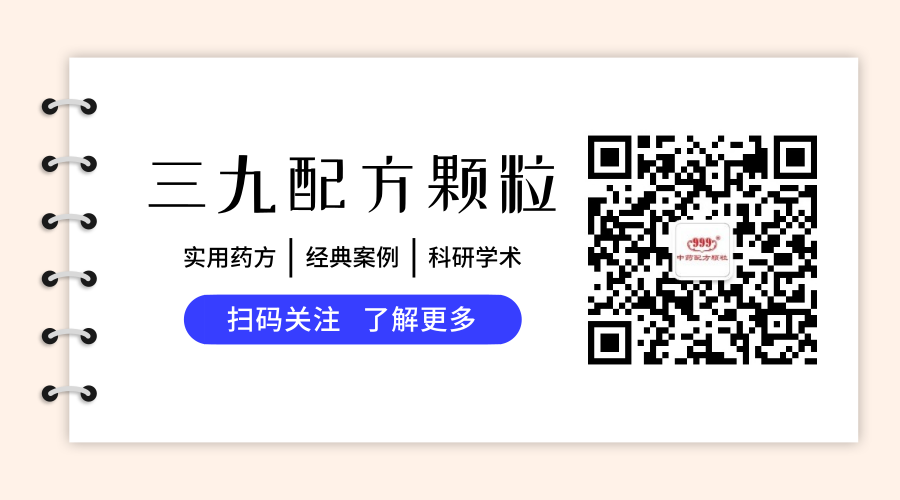
Disclaimer: We are committed to protecting the author’s copyright. Reproduction or citation is solely for the purpose of disseminating more information. Some materials are sourced from CNKI and the internet, and we cannot verify their true origin. If there are any copyright issues, please contact us for removal.
Article looks good, click here

